Drowning without water: We can play politics... or we can build dams
It is a crisis in the making that will dwarf the current power scenario.
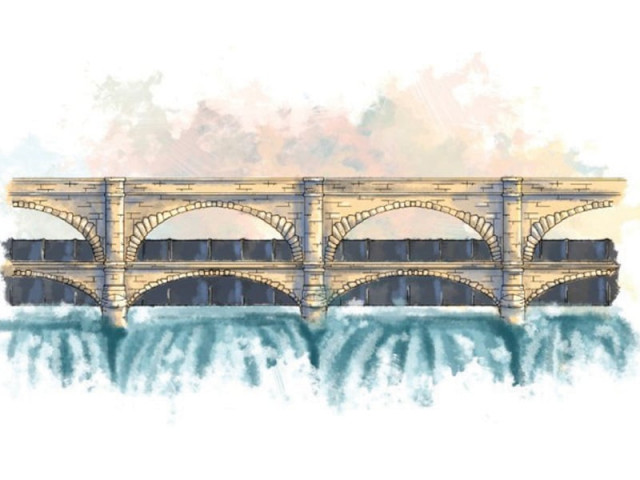
It is also significant that unlike a lot of developed economies, we are still a young and also a growing population so water needs are expected to grow exponentially in the coming years.
It is an irony that Pakistan either has floods or droughts. In such a situation it is of primary importance that in all other spheres of life, policies based on water conservation as well as strategies where the water table can be maintained at optimum levels should be the focus of the government.
I know what I am going to say next will probably make most people cringe. We need to build the Kalabagh Dam. We need to build lots of dams, but we also need to build the Kalabagh Dam and our political leadership needs to show some maturity, and get it done.
We have no choice
So what are the issues with the Kalabagh Dam that make it such a pariah that even the mere mention of the name rasies political and nationalist hackles? It is probably not the fact that the dam is capable of irrigating six to seven million acres of land. It surely can’t be the fact that the dam can irrigate about 800,000 acres of land that is at a higher altitude than the river Indus. And the fact that the dam will also help produce about 3,800 megawatts of cheap hydropower has got to be a huge selling point. But apparently it is not enough.
For a country that is agrarian in nature – an industry that is the most water-intensive of them all – it does not seem to be important enough. For a country that is looking at a looming food security issue, it does not seem important enough.For a country that suffers from severe floods and droughts, it does not seem to be important. For a country that is facing the worst ever power crisis, it does not seem to be important enough. But it should be. The consequences of believing otherwise can be catastrophic.

Bashir A Malik, former chief technical adviser of the United Nations and World Bank, has said and this has been reported in the press that, “Sindh and Khyber-Pakhtunkhwa will become drought areas in the years to come, if the Kalabagh Dam is not built.” At the same time former K-P chief minister Shamsul Mulk has said that the “Kalabagh Dam will help in erasing poverty from Khyber-Pakhtunkhwa, as it will irrigate 800,000 acres of cultivable land that is located 100-150 feet above the level of River Indus.” And Diamer-Bhasha Dam is not a substitute for Kalabagh Dam because of its limited irrigation capabilities, because of the terrain.
I won’t even go into the flood control options that the dam will offer with its ability to store almost seven million acre feet of water.
One of the arguments that India has often used is that Pakistan does not use the water it has, either for hydropower or for irrigation, and therefore India should not be stopped from doing so. This has helped it win World Bank funding for many projects, even though they are being built on disputed territory.
The opposition
Sindh and K-P are the major opponents of the dam, and they both have a number of concerns. Some of these concerns are frivolous and political in nature. Others are not. Some concerns that Sindh has are that it will see a decreased flow in the river Indus and that it will see a reduced water pressure from upstream that it needs on its coast to avoid an incursion by the sea. Sindh also fears that the once powerful river Indus, already a shadow of its former greatness will become no more than stream with yet another mega dam. These are concerns that can, and should be addressed. But Sindh’s concern that its share of the Indus water will be curtailed as water from the Kalabagh will go to irrigate farmlands in Punjab and Khyber Pakhtunkhwa, at their cost is simple political propaganda. This can be discussed and a mutually agreeable water-sharing formula can be evolved, if the political will exists.

K-P fears that like the Ghazi-Barotha project which is located in K-P, but the power generation turbines were build in Punjab, Kalabagh Dam may see a similar scenario. This has given Punjab the right to royalties from power generated from Ghazi Barotha even though it has said it will claim no royalties. But what is more significant for K-P is that it has denied it the option of claiming those royalties. This can be worked out so that it does not happen again.
Political will
There are issues, some real, some concocted, but the government, at the federal and provincial level can find a work-around in the national interest, and all parties involved should keep that in mind, the greater national interest.
Primamry requirement of food requires copious amounts of water. More than two thirds of all fresh water abstraction worldwide ( and up to 90% in some countries) goes towards food production. This is also something we need to think about in the years to come.
We need to put all our energies behind speeding up the pace of work on this and also the Diamer Bhasha Dam. We need to resolve our issues with India and move faster with the Neelum-Jhelum Dam. And all relevant bodies that are related to the development and regulation of water resources in the country like the Water and Power Development Authority and the Indus River System Authority (Irsa) and others need to do their jobs. And our political leaders need to let them!
(Read: The Kalabagh Dam resurrected)
Published in The Express Tribune, December 3rd, 2012.


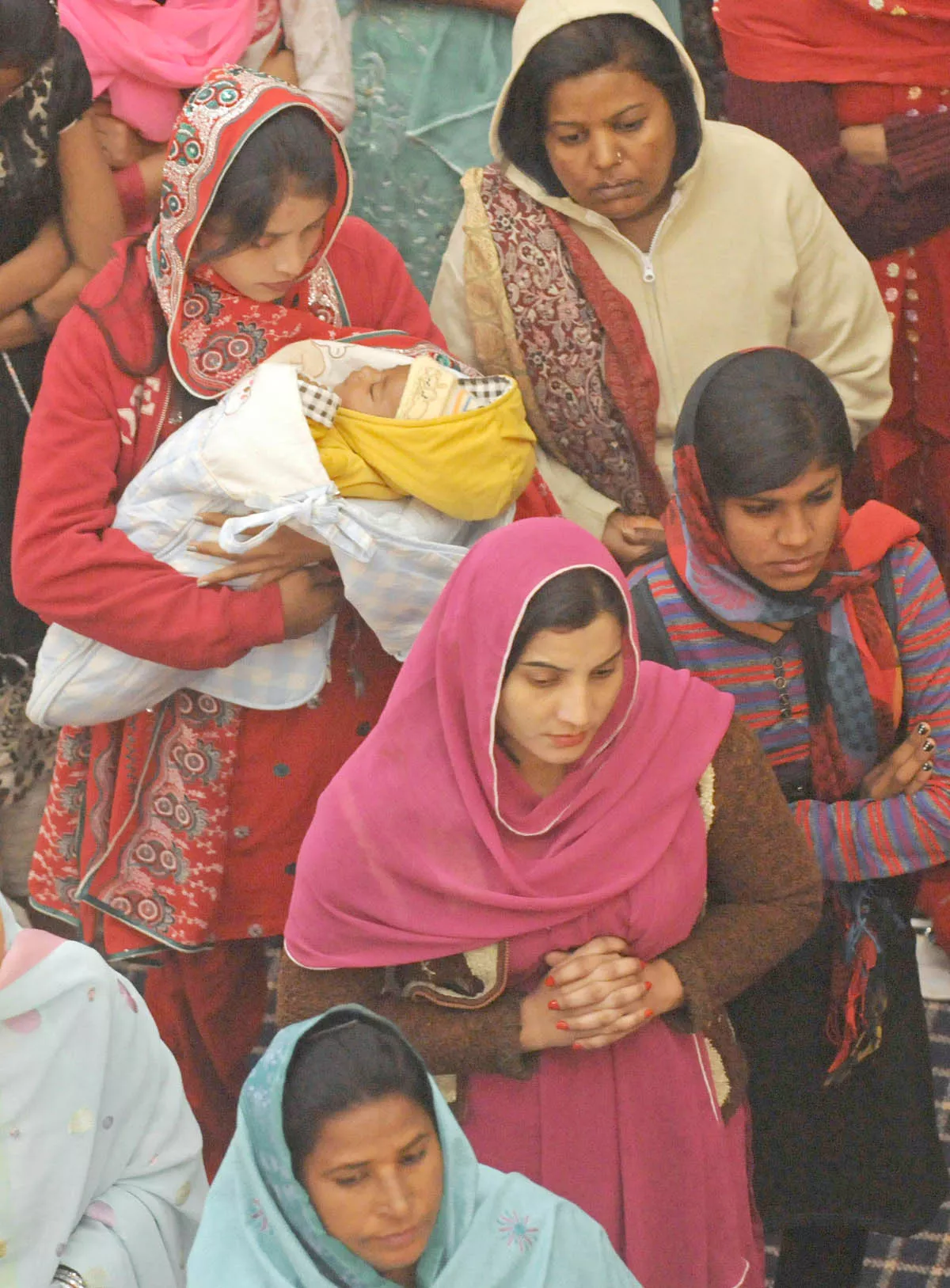
1735037907-0/Tribune-N-(2)1735037907-0-208x130.webp)

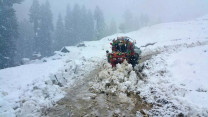
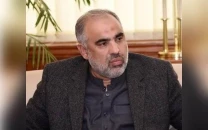





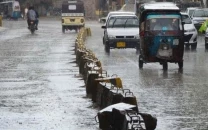






COMMENTS
Comments are moderated and generally will be posted if they are on-topic and not abusive.
For more information, please see our Comments FAQ